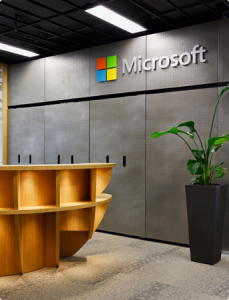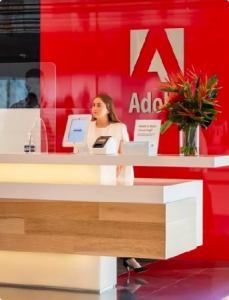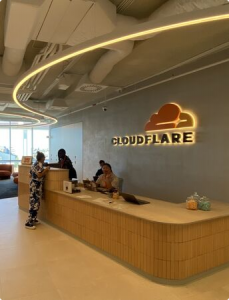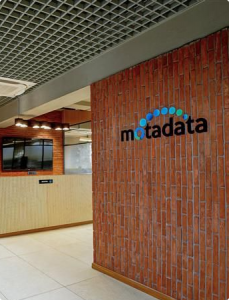A GUIDE INTO ENTERPRISE MOBILITY & MULTI- EXPERIENCE APPLICATIONS
Consumers have a natural affinity towards mobile screens. A recent study conducted by Gartner points out that mobile app development will impact businesses the most by 2020.
Besides this, one of the most exciting aspects is Multiexperience in Mobility.
What is multi-experience app development?
Multi-experience sounds confusing and it’s natural to be, but the reality is businesses are already shifting to this new trend.
So, basically Augmented Reality (AR), Virtual Reality (VR), IoT, Blockchain, mobile, laptop, desktop and other platforms are merging to create a unique digital experience for the end user.
Development platform vendors are expanding their value proposition beyond mobile and web development services to actually meet user & industry demands
– Jasong Wong (VP at Gartner Research)
Multi-experience is the future of app development
Despite being the most popular touchpoint for users into the web, mobile apps are giving a healthy competition to web browsers.
As usage of consumable and wearable tech is on the rise, the modes of interaction (type,touch,voice or gesture) are expanding gradually to create an engaging user flow.
Enterprises which have dived into various types of applications seem to be trusting mobile apps the most. (91%)
This landslide win for mobile apps suggests that to enhance engagement, mobile app developers must dive into the other modes of mobile interaction within mobile apps.
Diving deeper into Multi-experience
According to research conducted by Gartner, Cloud-Hosted Artificial Intelligence seems is a popular choice to support multi-experience application development (61%), iOS and Android Development (48%) and mobile back-end solutions (45%).
This is proportional to a growing demand of engaging UI, images, voice enabled mobility solutions and basic AI integrated modules which have become a common sight in many apps nowadays.











